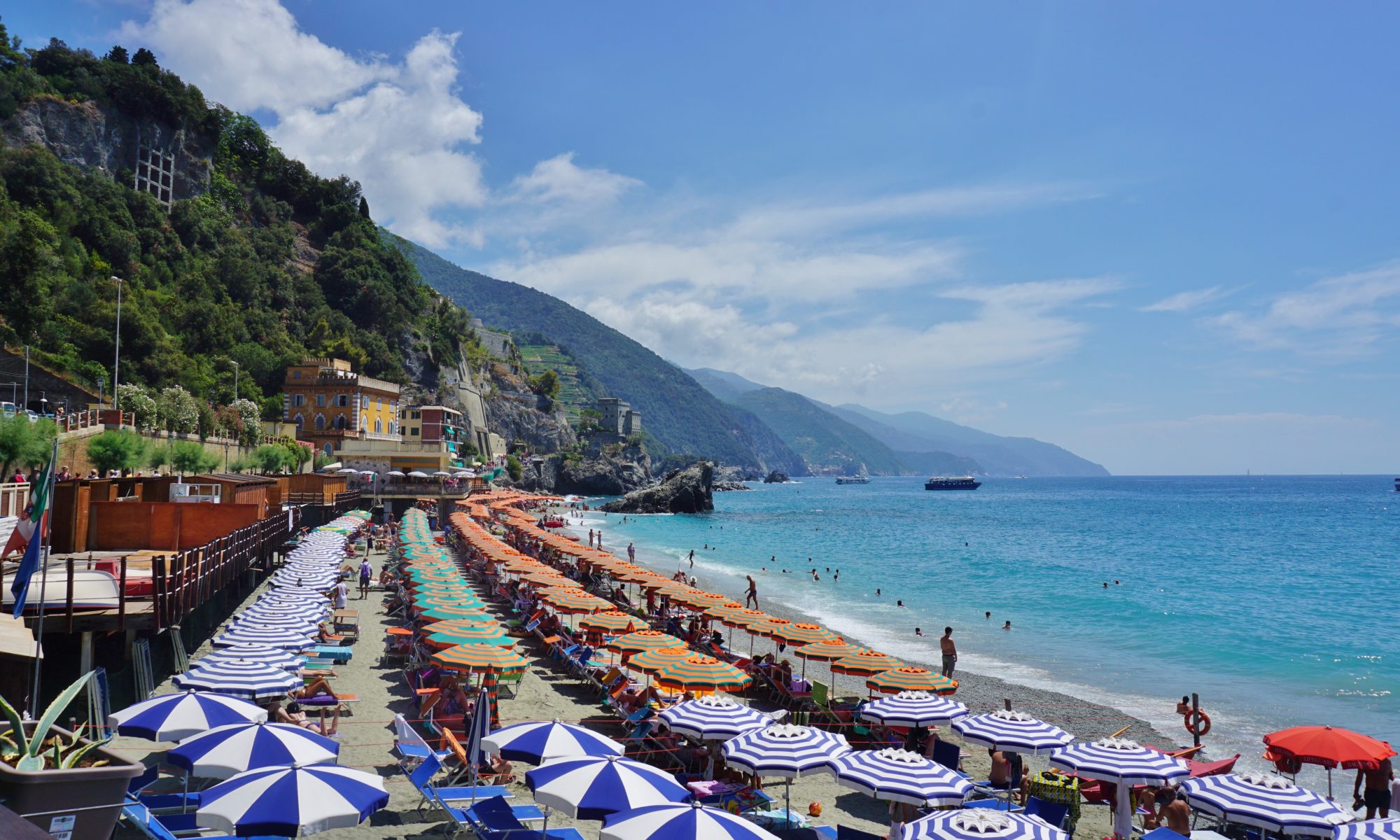Vienna, set on the Danube river, is known for its imperial palaces, its baroque architecture and for being the spiritual home of classical music. It’s coffee house culture, local cuisine, museums, city parks and modern design are also well worth experiencing. You might choose to visit Vienna as a quick city break or perhaps as part of a trip through Austria or Europe more broadly- after all the Austrian capital is set in the heart of Europe, and is located only an hour by train to Bratislava in Slovakia, and just over 2 hours from Budapest in Hungary.

How to get to Vienna
From London you can fly to Vienna International Airport (VIE) out of either London Gatwick or London Stansted Airports. There are a few low-cost airlines to choose from including Ryanair, Easyjet or Level. I usually compare flights using Skyscanner to find the best deal and then book through the airline(s) directly. If you’re flying carry-on only, particularly with a trolley case, remember to check the baggage polices carefully for hidden fees. Once you reach Vienna International Airport the easiest way to get into the city is by using the City Airport Train which departs twice per hour and takes only 16 minutes non-stop to reach Wien Mitte railway station. Tickets start from 11 € one way.
Where to stay in Vienna & for how long
Anywhere not too far from the Innere Stadt (inner city) is ideal so that you can largely explore the city on foot. We found a well-equipped entire studio apartment on Airbnb near Karlskirche for around £70 per night for our party of three in the middle of summer. There are many hotels and hostels dotted around as well. In terms of how long to stay in Vienna, to see the main highlights 2 to 3 nights are ideal.
Sightseeing in Vienna
The first place to start when exploring Vienna is the Ringstrasse, a 5.3km long horse-shoe shaped boulevard that rings the Innere Stadt or inner city until it joins the Danube river. The Ringstrasse features numerous palaces (that today mainly house museums) including the Hofburg Imperial Palace and public buildings, such as the Austrian Parliament and Vienna’s City Hall, as well as several important monuments and city parks. It’s worth walking or biking all or most of the whole Ringstrasse route to marvel at all of the impressive architecture.




Museums in Vienna
Vienna has over 100 museums, and well, I’m not going to try to rank them as it would simply be a fool’s errand. You will find all the usual suspects – an Austrian History museum, a Natural History museum, an Art History museum and numerous art galleries, many of them housed in former palaces. You might want to visit one or two based on your interests. However if you are one to look for something a little different, like me, you might find the Sigmund Freud museum quite interesting instead- it details the life of the somewhat infamous Viennese psychoanalyst. It is usually housed in Freud’s former residence at 19 Berggasse, though it is currently located at two temporary sites while undergoing renovations. The new & improved Sigmund Freud museum should be open at 19 Berggasse from 2020.
Churches of Vienna

Vienna also features many beautiful kirchen, i.e. churches, in all different styles- from St Stephen’s, which is hailed as the symbol of the city, to the neo-gothic style Votive Church, the art nouveau St Leopold’s, and last but not least the baroque style Karlskirche with its impressive dome (shown above.)
Vienna’s Imperial Palaces

It wouldn’t be a trip to Vienna without seeing at least one of the impressive imperial palaces (look out for the word schloss in German.) These were home to the powerful Hapsburg monarchs who left such a lasting impact across swathes of Europe. There are two palaces that are worth seeing- Schloss Belvedere and Schloss Schonbrunn both of which were used as summer homes for the royal family. Belvedere is arguably more impressive and it is easier to get to as it is closer to central Vienna. Belvedere actually features two palaces, Upper Belvedere and Lower Belvedere. If you do want to make the trip out to Schonnbrunn it is about 20 minutes by taxi or uber from the central city, or half an hour on the U4 U-Bahn (underground) line.


Modern Architecture in Vienna
You might be a bit over classical architecture by this point, but never fear, Vienna also has some quirky modern buildings too! Case in point is Hundertwasser Haus (shown below.) This eye catching apartment building was designed by Austrian architect Friedrich Hundertwasser who abhorred straight lines. If his style intrigues you, you may also want to visit another one of his designs- the nearby Kunst Haus.

Viennese Cuisine & Coffee House Culture
Last but not least you certainly can’t leave Vienna without trying out some of it’s local cuisine! The classic savoury dish is of course Vienna’s own Weiner Schnitzel, along with Tafelspitz, or boiled beef. On the sweet side Vienna is renowned for its pastries including apple strudel and for the legendary dessert Sachertorte– a two layered chocolate cake with a slither of apricot jam in the middle. Taking a mid afternoon coffee with a sweet treat in one of Vienna’s stylish coffee houses is a real Viennese institution. There are many types of coffee served, and they’re usually topped with cream.
Go on, indulge why don’t you!
Travelling elsewhere in Europe? Check out all the destination guides here.

